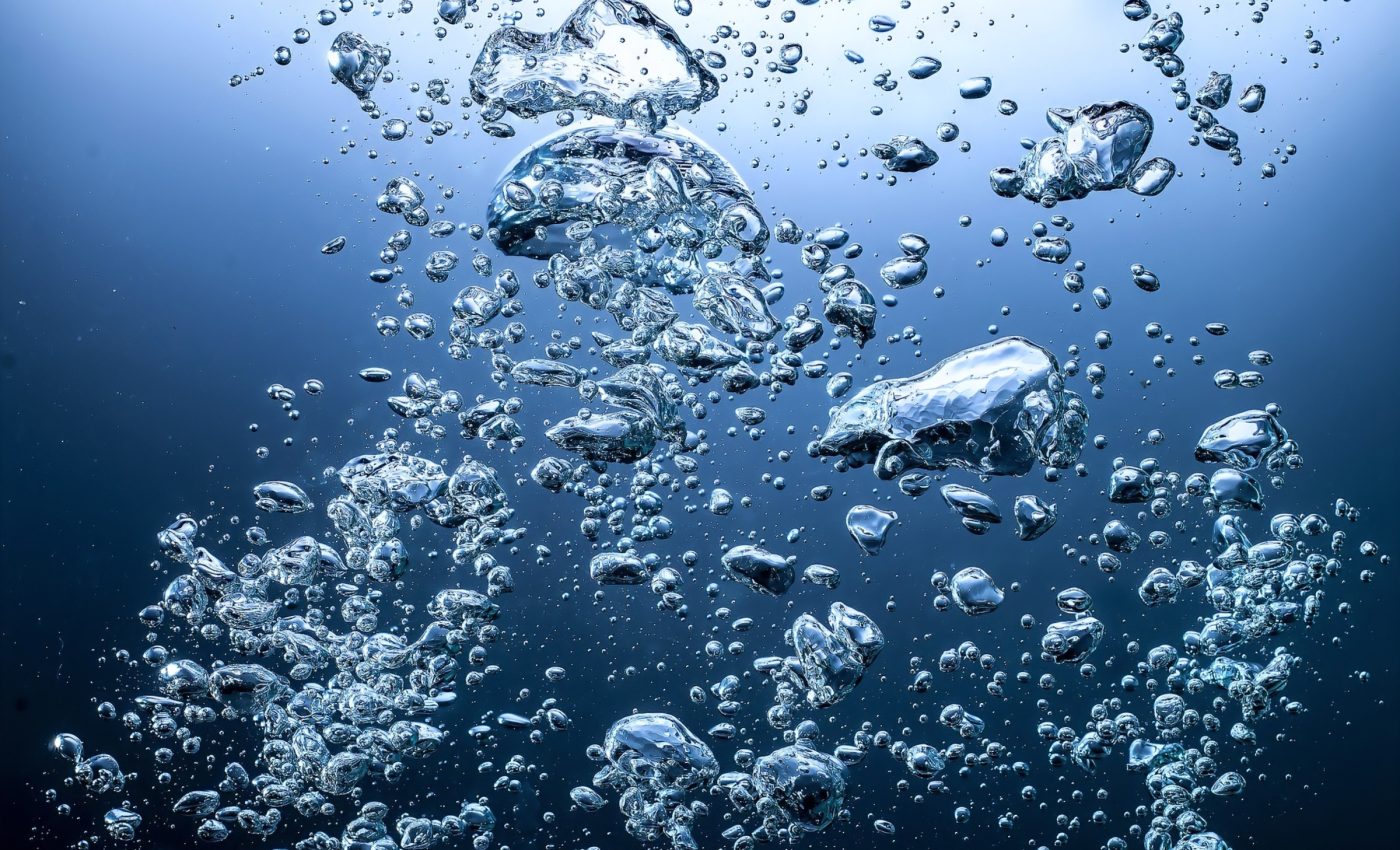
Seabed disruptions may be destroying our climate
The seabed, often overlooked in climate discussions, harbors a vast carbon storehouse beneath our feet and the ocean’s surface, holding colossal amounts of carbon and a rich tapestry of nutrients.
Unbeknownst to most, this silent ocean floor contains an even larger carbon reservoir than what exists as carbon dioxide in our atmosphere.
Yet, recent studies reveal that disturbances to the seabed disrupt this balance, releasing stored carbon and nutrients with significant climate implications.
We’ll explore into these findings and the delicate interplay within our planet’s carbon and nutrient cycles.
Seabed disturbances and climate
In a newly-published study in the field of marine ecology, scientists scrutinized the repercussions of repeated disturbances to the seabed’s state of tranquility.
The results? It was found that these disruptions trigger the release of some of the stashed carbon and nitrogen into the ocean, multiplying the sources of harmful greenhouse gas, carbon dioxide, and escalating oxygen consumption at the seabed.
Carbon’s journey into the ocean
The seabed—or sediment, as marine researchers call it—safeguards significant carbon amounts packed within organic compounds from sources like plankton, plants, and animals. Much of this organic carbon has been sitting tight in the seabed for hundreds of years, playing a crucial role in stabilizing our climate.
The sediment also functions as a reservoir for nutrients such as nitrogen and phosphorus. Some of these nutrients are attached to organic compounds, while the rest exist as dissolved nutrient salts readily available for marine organisms and larger flora.
“Researchers have long assumed that physical disturbances of the seabed, such as from fishing equipment like trawling, increase the conversion of organic carbon into carbon dioxide,” said In the words of the study’s lead scientist from Aarhus University’s Institute for Ecoscience, Christian Lønborg.
“But theoretical models have lacked documentation in the form of measured values. We have now shown through laboratory experiments that this is indeed the case.” These findings emphasize the seabed’s crucial role in maintaining climate stability.
Laboratory’s verdict
In their controlled experiments spanning roughly a four-month period, with repeated disruptions of the seabed, it was observed that carbon conversion and nitrogen release amplified once the seabed was agitated into a cloud of sediment, mimicking the effects of trawling.
Seabed carbon release
Human activities, like trawling and dredging, agitate the seabed into the water column, speeding up the decomposition of organic materials and leading to the discharge of both carbon dioxide and nutrients.
The additional carbon dioxide production, an infamous greenhouse gas, further weighs on the climate and impacts the global environment. Additionally, the release of nutrients can potentially trigger algae bloom in coastal waters.
As these algae produce organic carbon, this contributes to an additional deluge of carbon that needs processing at the seabed.
The breakdown of organic material in the water necessitates oxygen. Hence, any disruption to the seabed hastens the depletion of oxygen in the water immediately above the seabed.
Seabed impact on climate
Such disturbances to the seabed can potentially lead to the widespread loss of oxygen, often seen in late summer in Danish waters.
“If we are to assess the impact of trawling equipment, dredging, and extraction of raw materials from the seabed, these consequences must also be considered,” Lønborg notes.
By shedding light on these hidden triggers of climate change, we can better understand our planet’s intricate natural cycles and how to prevent their disruption.
So, let’s take care not only of the lands and waters we see but also the hidden worlds beneath the surface.
From ocean to coastal ecosystems
The ecological ripple effects of seabed disturbances extend far beyond greenhouse gas emissions and climate change.
When carbon and nutrients are released from the seabed, they interact with surrounding marine ecosystems in complex ways.
Excess nutrients, especially nitrogen and phosphorus, can fuel algae blooms that rapidly spread across coastal waters.
How seabed disruptions disturb climate
While blooms may appear benign, they can have harmful consequences, blocking sunlight for underwater plants and reducing oxygen levels—a phenomenon known as hypoxia.
Hypoxia not only disrupts marine biodiversity but also endangers commercially valuable fish and shellfish populations, impacting global food security and local economies alike.
Furthermore, the influx of carbon and nutrients stirs changes in the behavior of smaller marine organisms, including plankton, which play a critical role in oceanic food webs.
As these disruptions cascade through the marine ecosystem, they reveal a delicate balance that relies on the seabed’s stability.
By examining this interdependence, scientists gain a clearer view of how seabed disturbances amplify broader climate challenges, from biodiversity loss to altered oceanic carbon cycling.
—–
Like what you read? Subscribe to our newsletter for engaging articles, exclusive content, and the latest updates.
Check us out on EarthSnap, a free app brought to you by Eric Ralls and Earth.com.
—–













